The Stupas of Anuradhapura
Found at temples, on hills, in caves, or just along the side of the road, the dome-shaped structures called stupas are one of the hallmarks of Sri Lankan Buddhism. They range in size from modest to monumental, and pop up all over the island, but nowhere are they more impressive than in the sacred city of Anuradhapura.

Since our arrival in Sri Lanka, stupas (or dagobas as they’re also known) have confused us. The simple, round domes aren’t particularly lovely, and you can’t even go inside them. Most of the stupas we’ve seen are smallish, painted white and occasionally decorated with orange ribbons. Nice enough, but they seem kind of pointless. “What do you do, stupa?” I be round! “What may I do with you?” You may look!
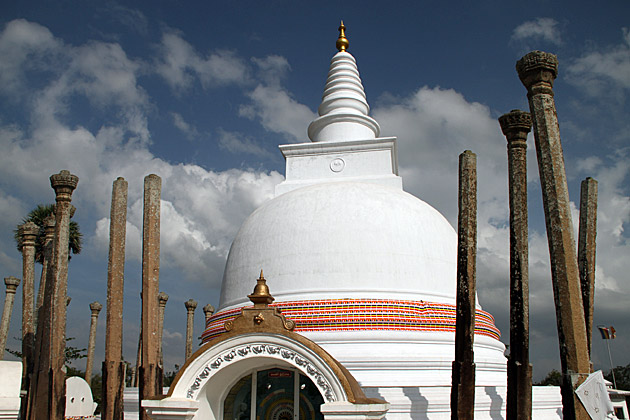
But they’re ubiquitous and play a big part in the island’s religious life. Stupas are built as reliquaries to hold sacred objects, in commemoration of historic events, or just because a ruler decided to buff his Buddhist credentials a bit. During the centuries that Anuradhapura was the capital of Sri Lanka, the country was at its political zenith, and the world’s most important center of Buddhism. A dizzying number of stupas were constructed, reflecting the kingdom’s power.
Constructed by King Tissa in the 3rd century BC, Thuparama was the first stupa built in Sri Lanka, shortly after the arrival of Buddhism in Sri Lanka. The monument might be moderately sized, but is believed to hold the right collarbone of the Buddha. Surrounding the stupa are the ruined pillars of a vatadage: a circular fence used to protect small stupas, unique to Sri Lankan architecture.
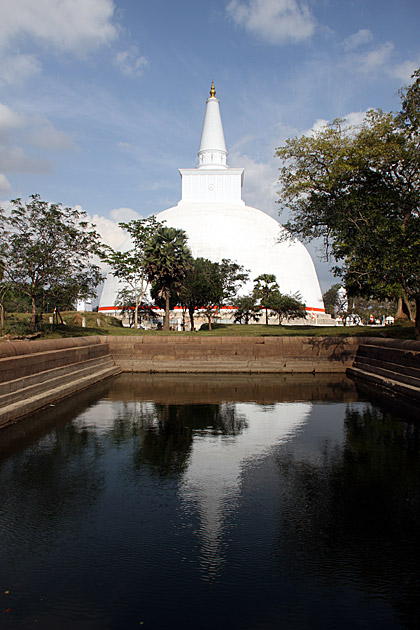
A hundred meters down a monkey-infested, ruin-strewn path is the Ruwanwelisaya Stupa, or the “Great Stupa”. Built sometime around 150 BC by King Dutugemunu, who had freed Anuradhapura from Tamil rule, this stupa is of a tremendous size and still actively in use. Hundreds of elephants are carved into the stone fence which surrounds it.

Further south into the Sacred City, we found the Mirisaveti Stupa, also built by King Dutugemunu. According to legend, the king wished to bathe in a nearby lake, and threw his spear into the ground. When he returned, he could not remove the spear, try as he might. Clearly: miracle. So he left the spear in the ground, and had this stupa built on top of it.
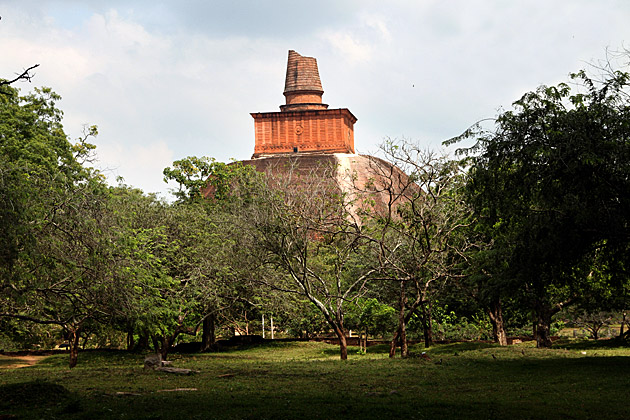
Stupa’d out? Just one more. The Jetavanaramaya Stupa is one of the most impressive ancient constructions we’ve ever seen. When it was built in the 2nd century AD, it was one of the tallest structures in the world, surpassed only by Egypt’s pyramids. Today, it’s still the world’s largest brick-made building. The ancient red dome measures 400 feet in height, and 576 feet across.
I’m still not sure that stupas are my favorite style of building, but I’m starting to warm up to them. There’s something appealing in their simplicity, and the sheer size and age of Anuradhapura’s ancient stupas leaves one breathless.
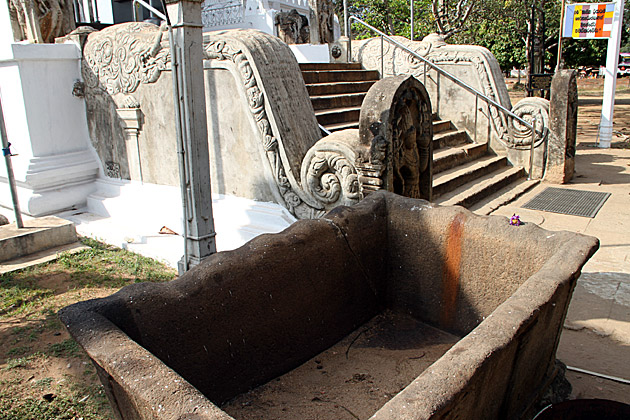
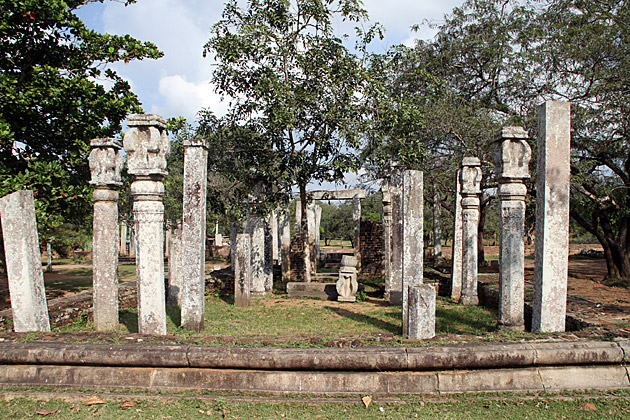

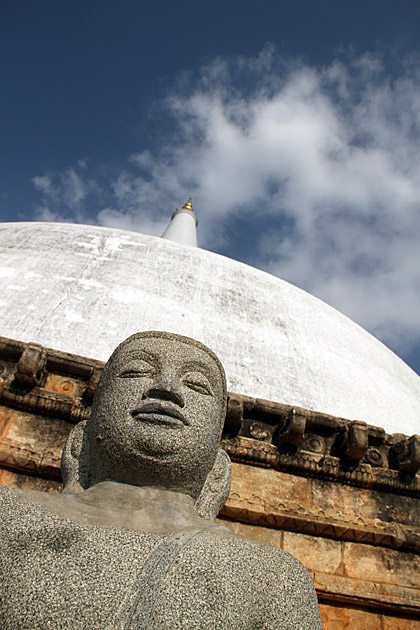
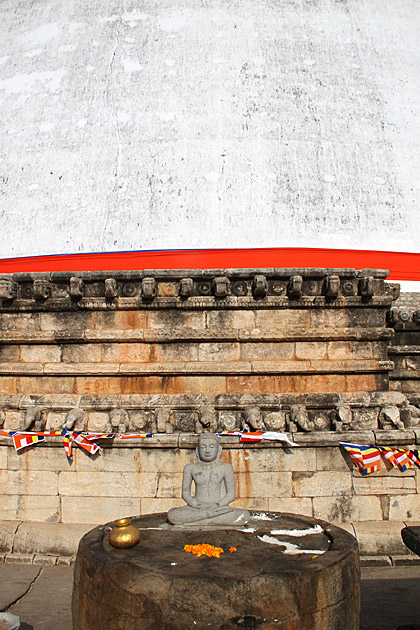





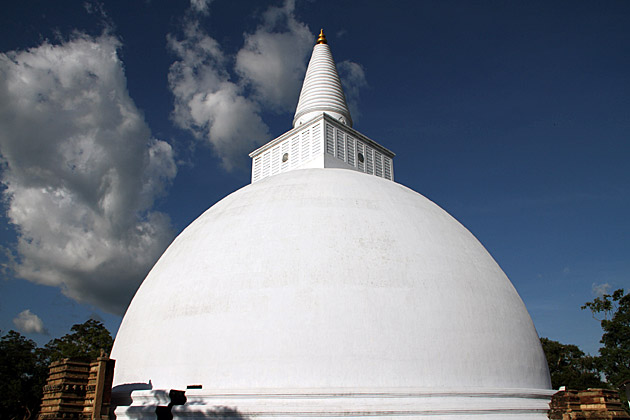
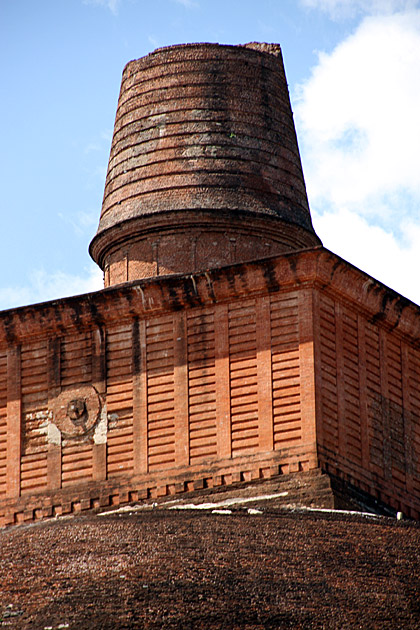
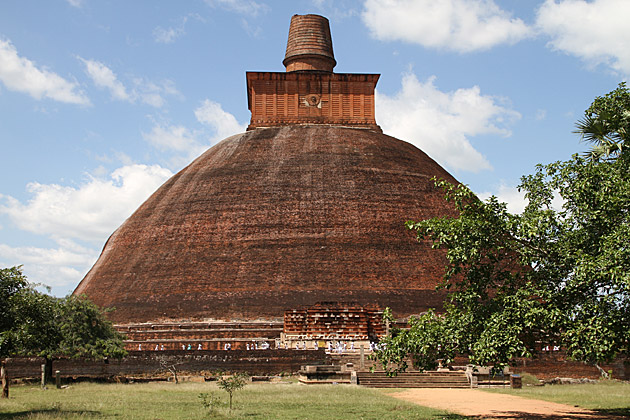

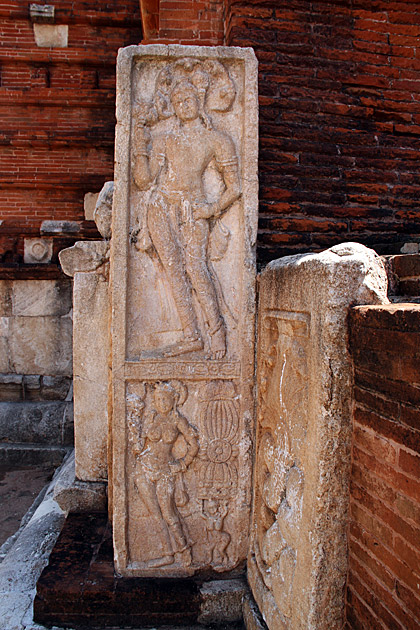

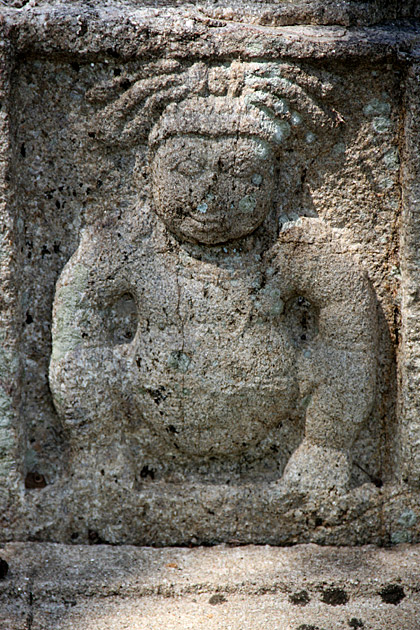
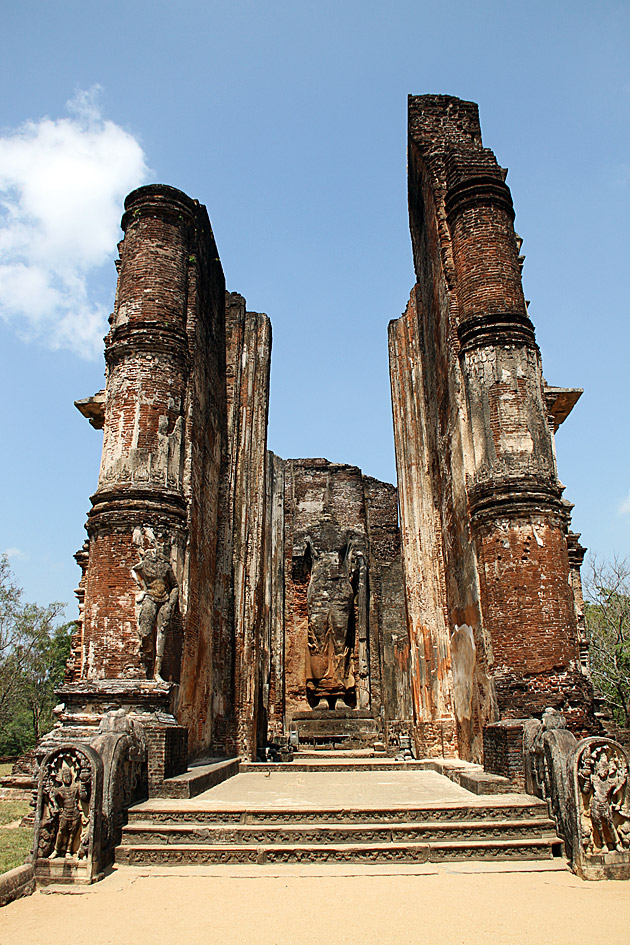
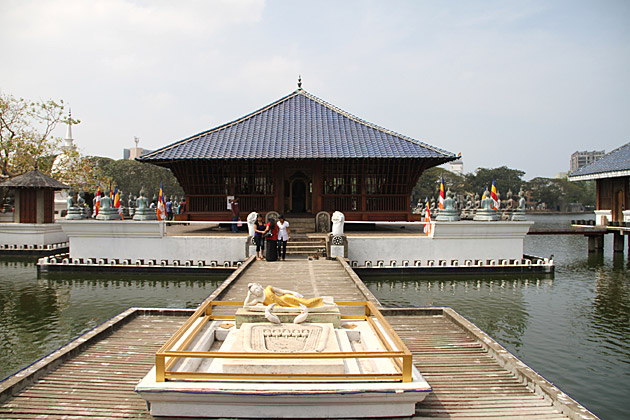
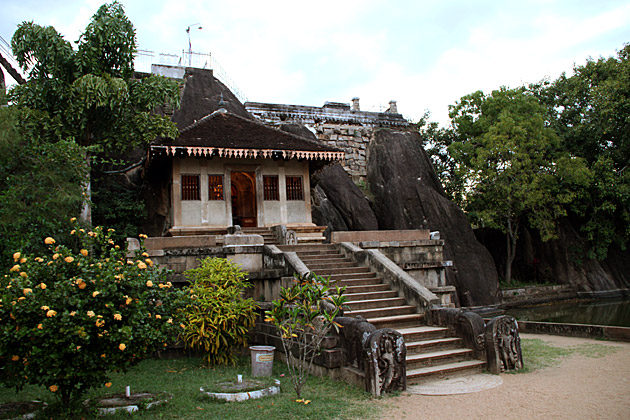

You guyz are doing a great job !!!
//”What do you do, stupa?” I be round! “What may I do with you?” You may look!//Best part of the article :’D After all the cool facts and figures, that is! Thanks for the frank and not-unduly-stupa-glorifying article. I must confess that the only appeal stupas hold for me are their stupafying rotundity. See what I did there? lol